


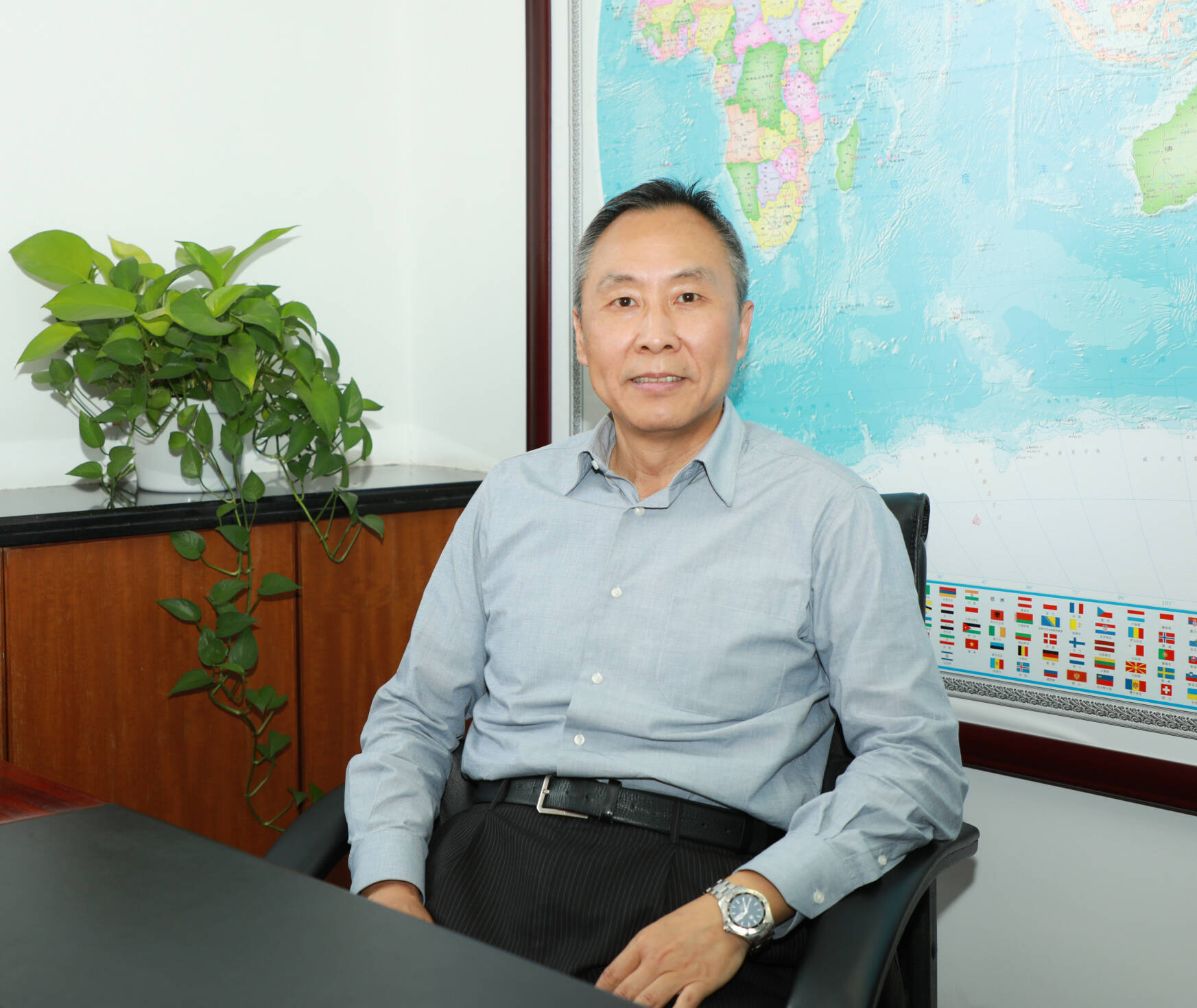
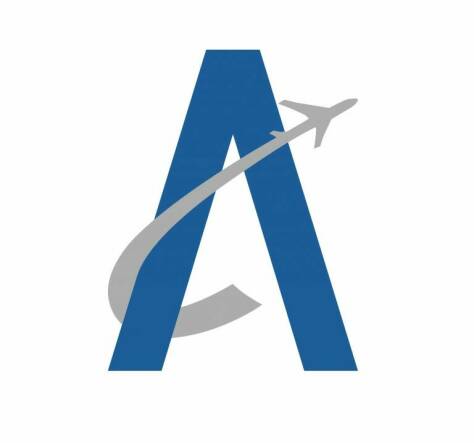
If you could change one thing about air traffic management tomorrow, what would it be and why?
I hope that with the help of new technologies such as TBO, system-wide information management, machine learning, voice recognition, and AI, the controller's workload will be greatly reduced, and the possibility of human error will decline sharply.
If you look around in today’s world, intelligent machines have already replaced humans in some areas. Air traffic controllers will not be replaced by machines, but with the booming development of AI technology, it is very likely that in the near future there will be a new type of air traffic control centre. Controllers will give instructions and machines will monitor in real time. After that, perhaps machines will issue commands to flights while controllers sit back and monitor.
What other regional opportunities and challenges would you highlight?
In terms of opportunities, our region still has strong potential for economic development, and the demand for air travel remains high.
At the same time, breakthroughs in technologies, such as 5G communications, cloud computing, artificial intelligence (AI), big data and new energy, together with the growth in young talent, will bring greater potential for civil aviation development in Asia Pacific.
As for challenges, the current airspace structure in the region is still complex and fragmented, and the application of new technologies remains unbalanced and inconsistent. In addition, the differences in civil aviation policies and regulations among countries pose a challenge for us when promoting regional ATM concepts.
What are you doing to ensure operations are as sustainable as possible?
ATMB's measures include building a large-capacity trunk air route network, optimising airspace structure in the terminal areas of busy airports, improving the capacity and efficiency of current airspace and increasing the utilisation of temporary routes to shorten fight distances and help airlines to reduce fuel consumption and carbon emissions.
We are also strengthening cooperation and coordination with airlines and airports and improving the overall capability of the national ATFM network. We are actively participating in cross-border AFTM in the Asia Pacific region, so that we can further improve operational efficiency and reduce flight delays on the ground and in the air.
Through active involvement in various regional and global cooperation schemes, we provide full support to green flight initiatives and contribute to sustainable operations.
What is your view of new airspace entrants in Mainland China and how will you accommodate them?
Unmanned aerial vehicles has been a hot topic in recent years all around the world. As ANSPs, it's our obligation to support the development of this new industry with an open mind. Because it is important to note that it will also be a good move to facilitate economic and social development, and to improve the passenger experience.
But new airspace users do bring new challenges to safety and daily operations. From the perspective of management, it's critical to have appropriate regulations in place and predefine airspace classification and boundaries to ensure the safety of all airspace users. ATMB has been working closely with the regulator and stakeholders on these topics.
From the perspective of service, it’s also important to provide safe, efficient and flexible services to UAV and Advanced Air Mobility. This includes user-friendly flight applications, accurate airspace activity information and timely warning on potential conflicts.
How important is it to collaborate with other air navigation service providers? And can you tell us of any current or planned collaborative projects?
Collaboration is one of the core development strategies of ATMB, and we always have an open, inclusive and mutually beneficial approach when developing cooperation plans.
At present, ATMB’s cooperation with other ANSPs mainly consists of two parts. In the Asia Pacific region, through bilateral cooperation programmes, regional conferences (including the CANSO Asia Pacific Conference 2024 that we will host in July), and other platforms such as the 'Belt and Road' initiative, we work closely with neighbouring ANSPs in such fields as airspace optimisation, communication and navigation, personnel training, and application of new technologies.
On a global scale, we maintain frequent exchanges and cooperation with some of the leading air navigation players, such as the US Federal Aviation Administration, UK NATS, DFS in Germany and Nav CANADA. We learn from their best practices and initiate technical cooperation programmes together.
How important is technology to future operations and what technologies particularly excite you?
Science and technology always drive productivity. From a global perspective, the aviation industry has developed rapidly in the past 20 years thanks to the application of various new technologies. I believe future operations will continue to rely heavily on the breakthrough and application of various new technologies.
Personally, I'm especially excited about technologies, such as big data, artificial intelligence, distributed computing, trajectory-based operations (TBO) and cross-border air traffic flow management (ATFM). If we can combine and integrate these technologies with the next generation ATM automation system, it will be a game changer.
Aviation is always an important part of the national Five-Year Plans. What is your strategy for the next few years?
In recent years, ATMB CAAC has been actively promoting the Civil Aviation ATM Modernisation Strategy (CAAMS), as well as the Civil Aviation Five-Year Development Plans. The main focus and priorities are safety, capacity, efficiency, service, innovation and management.
Our goal is to provide safe, efficient, smart, coordinated and sustainable air navigation services to all airspace users.
How difficult was it to adjust to the strong return to growth following the pandemic?
After the pandemic, global air traffic recovered faster than we expected. In 2023, average daily flights in China recovered to 94 per cent of 2019 traffic levels, with domestic flights already above 2019 levels. From low to high, the strong rebound of traffic in the region was achieved in just one year.
Today’s air navigation service providers (ANSPs) face almost the same challenges. On the one hand, we have to ensure that the competence of our controllers still meets the requirements of heavy traffic operations and to ensure that all facilities, equipment and systems are stable and reliable. On the other hand, we must cope with the changes in the global operational environment, the difficulty of financial management and the pressure of personnel training and safety management.
There is no doubt that this has been a very special transition period but we are still optimistic about the future development of our industry.
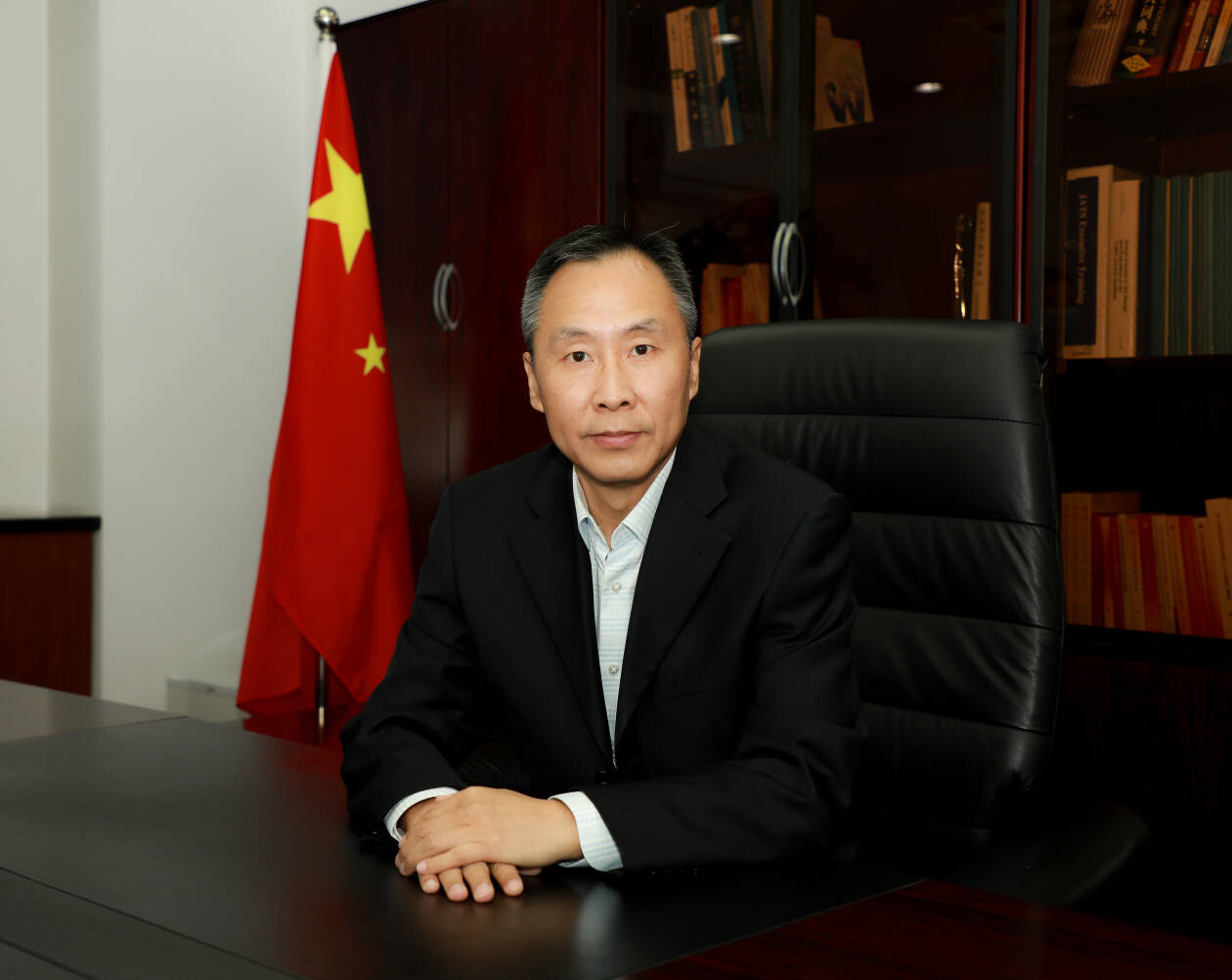
Miao Xuan,
Deputy Director General of the Air
Traffic Management Bureau, Civil
Aviation Administration of China,
(ATMB CAAC)






I hope that with the help of new technologies such as TBO, system-wide information management, machine learning, voice recognition, and AI, the controller's workload will be greatly reduced, and the possibility of human error will decline sharply.
If you look around in today’s world, intelligent machines have already replaced humans in some areas. Air traffic controllers will not be replaced by machines, but with the booming development of AI technology, it is very likely that in the near future there will be a new type of air traffic control centre. Controllers will give instructions and machines will monitor in real time. After that, perhaps machines will issue commands to flights while controllers sit back and monitor.
If you could change one thing about air traffic management tomorrow, what would it be and why?
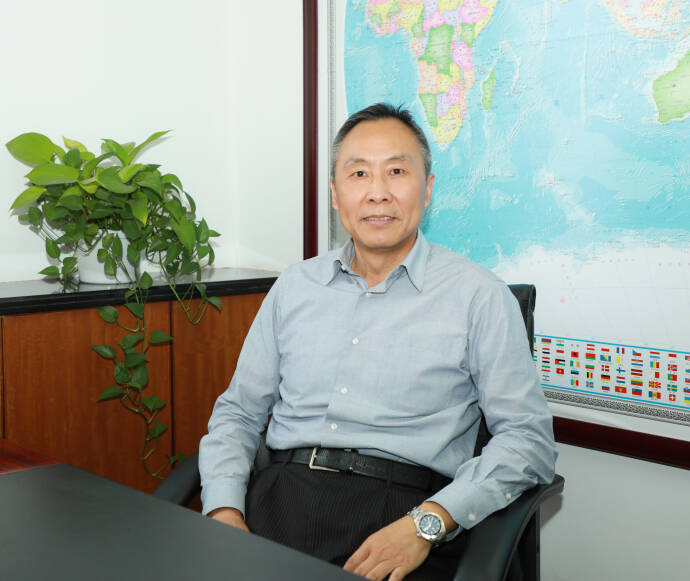
In terms of opportunities, our region still has strong potential for economic development, and the demand for air travel remains high.
At the same time, breakthroughs in technologies, such as 5G communications, cloud computing, artificial intelligence (AI), big data and new energy, together with the growth in young talent, will bring greater potential for civil aviation development in Asia Pacific.
As for challenges, the current airspace structure in the region is still complex and fragmented, and the application of new technologies remains unbalanced and inconsistent. In addition, the differences in civil aviation policies and regulations among countries pose a challenge for us when promoting regional ATM concepts.
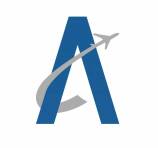
Miao Xuan,
Deputy Director General of the Air
Traffic Management Bureau, Civil
Aviation Administration of China,
(ATMB CAAC)

What other regional opportunities and challenges would you highlight?

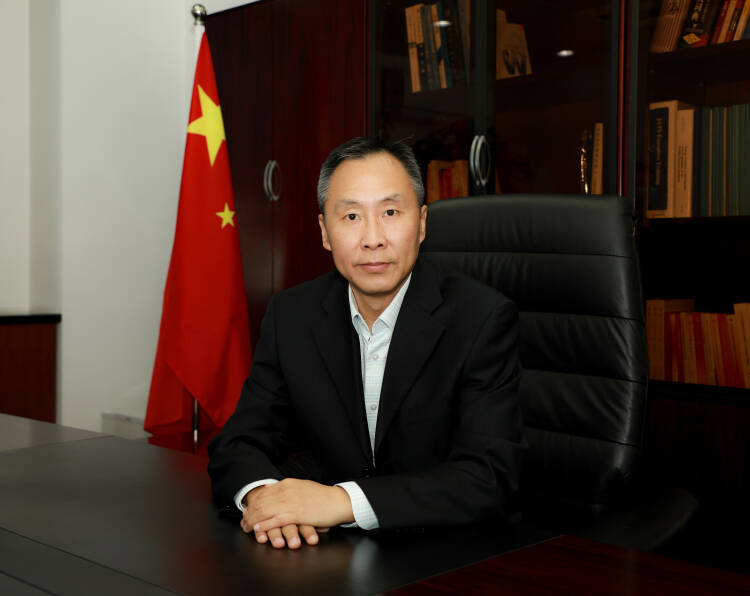
After the pandemic, global air traffic recovered faster than we expected. In 2023, average daily flights in China recovered to 94 per cent of 2019 traffic levels, with domestic flights already above 2019 levels. From low to high, the strong rebound of traffic in the region was achieved in just one year.
Today’s air navigation service providers (ANSPs) face almost the same challenges. On the one hand, we have to ensure that the competence of our controllers still meets the requirements of heavy traffic operations and to ensure that all facilities, equipment and systems are stable and reliable. On the other hand, we must cope with the changes in the global operational environment, the difficulty of financial management and the pressure of personnel training and safety management.
There is no doubt that this has been a very special transition period but we are still optimistic about the future development of our industry.
How difficult was it to adjust to the strong return to growth following the pandemic?
In recent years, ATMB CAAC has been actively promoting the Civil Aviation ATM Modernisation Strategy (CAAMS), as well as the Civil Aviation Five-Year Development Plans. The main focus and priorities are safety, capacity, efficiency, service, innovation and management.
Our goal is to provide safe, efficient, smart, coordinated and sustainable air navigation services to all airspace users.
Aviation is always an important part of the national Five-Year Plans. What is your strategy for the next few years?
Science and technology always drive productivity. From a global perspective, the aviation industry has developed rapidly in the past 20 years thanks to the application of various new technologies. I believe future operations will continue to rely heavily on the breakthrough and application of various new technologies.
Personally, I'm especially excited about technologies, such as big data, artificial intelligence, distributed computing, trajectory-based operations (TBO) and cross-border air traffic flow management (ATFM). If we can combine and integrate these technologies with the next generation ATM automation system, it will be a game changer.
How important is technology to future operations and what technologies particularly excite you?
ATMB's measures include building a large-capacity trunk air route network, optimising airspace structure in the terminal areas of busy airports, improving the capacity and efficiency of current airspace and increasing the utilisation of temporary routes to shorten fight distances and help airlines to reduce fuel consumption and carbon emissions.
We are also strengthening cooperation and coordination with airlines and airports and improving the overall capability of the national ATFM network. We are actively participating in cross-border AFTM in the Asia Pacific region, so that we can further improve operational efficiency and reduce flight delays on the ground and in the air.
Through active involvement in various regional and global cooperation schemes, we provide full support to green flight initiatives and contribute to sustainable operations.
What are you doing to ensure operations are as sustainable as possible?
Unmanned aerial vehicles has been a hot topic in recent years all around the world. As ANSPs, it's our obligation to support the development of this new industry with an open mind. Because it is important to note that it will also be a good move to facilitate economic and social development, and to improve the passenger experience.
But new airspace users do bring new challenges to safety and daily operations. From the perspective of management, it's critical to have appropriate regulations in place and predefine airspace classification and boundaries to ensure the safety of all airspace users. ATMB has been working closely with the regulator and stakeholders on these topics.
From the perspective of service, it’s also important to provide safe, efficient and flexible services to UAV and Advanced Air Mobility. This includes user-friendly flight applications, accurate airspace activity information and timely warning on potential conflicts.
What is your view of new airspace entrants in Mainland China and how will you accommodate them?
Collaboration is one of the core development strategies of ATMB, and we always have an open, inclusive and mutually beneficial approach when developing cooperation plans.
At present, ATMB’s cooperation with other ANSPs mainly consists of two parts. In the Asia Pacific region, through bilateral cooperation programmes, regional conferences (including the CANSO Asia Pacific Conference 2024 that we will host in July), and other platforms such as the 'Belt and Road' initiative, we work closely with neighbouring ANSPs in such fields as airspace optimisation, communication and navigation, personnel training, and application of new technologies.
On a global scale, we maintain frequent exchanges and cooperation with some of the leading air navigation players, such as the US Federal Aviation Administration, UK NATS, DFS in Germany and Nav CANADA. We learn from their best practices and initiate technical cooperation programmes together.
How important is it to collaborate with other air navigation service providers? And can you tell us of any current or planned collaborative projects?